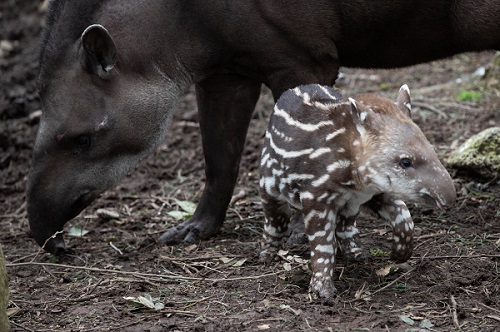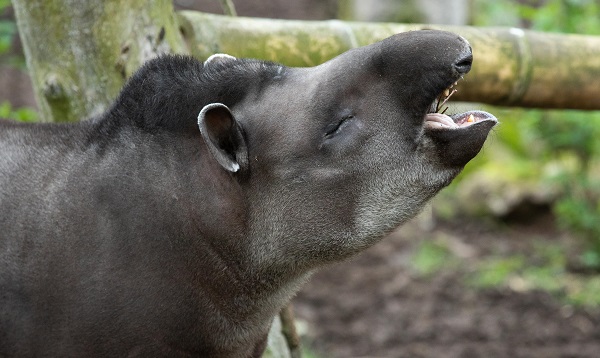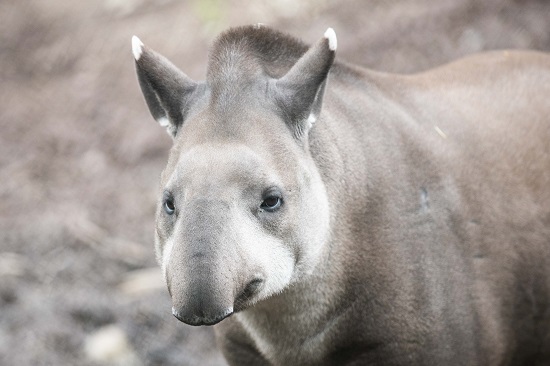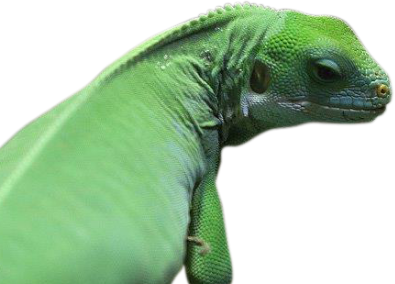Brazilian Tapir
KEY FACTS
-
LATIN NAMETapirus terrestris
-
BIOMEWetlands
-
CLASSMammal
-
ORDERHerbivores
-
CONSERVATION STATUSVulnerable
COME AND FIND ME AT..
South American Habitat

About the Brazilian Tapir
A relative of the a primitive horse (Eohippus) and Rhinoceros, the Brazilian or Lowland Tapir is one of four species of Tapir in the world. It can weigh up to 250 kg, measure two metres in length and has a long, flexible snout that helps collect leaves, shoots, fruit and small branches to eat – making them important seed dispersers. The name Tapir comes from the Brazilian word for ‘thick’, which is a reference to its tough skin.

Habitat
Inhabiting the rainforests of South America, the Tapir lives near water and is an excellent swimmer and diver. It uses water to escape from predators, though it is also a capable and agile runner and is adept at evading predators the likes of jaguars, pumas and anacondas. It generally only feeds at night, staying hidden under the cool forest canopy during daylight hours.
Wild Notes
Females are only able to conceive for two or three days every couple of months and remain pregnant for over a year (13 mts), before giving birth to a single offspring. The baby will suckle for several months and even stay with its mother for a little while after it’s fully grown at 18 months.

Conservation
The Brazilian Tapir is listed as Vulnerable because its population continues to decrease in the face of habitat destruction, demand for its meat and valuable hide and because of its slow reproduction rates. Tapirs were once found across the world, but disappeared from the British Isles around 100,000 years ago.
Did You Know?
Brazilian Tapirs are born with spots and stripes and look like walking water melons initially. This coat fades over time and is totally lost after about a year. Tapirs, depending upon the species, are also found at altitudes ranging from sea level to 4,500 metres.
The Fota Connection.
The Brazilian Tapir has had a presence at Fota since the early 1990s, with several calves born in Cork over the years. As well as sniffing out their own food, the species is fed willow, fruit and vegetables and absolutely love bananas. The animal is part of the South American enclosure and spends a lot of time in the heat of its house, which will be moved closer to the main road in an effort to allow visitors have a much closer vantage point.






